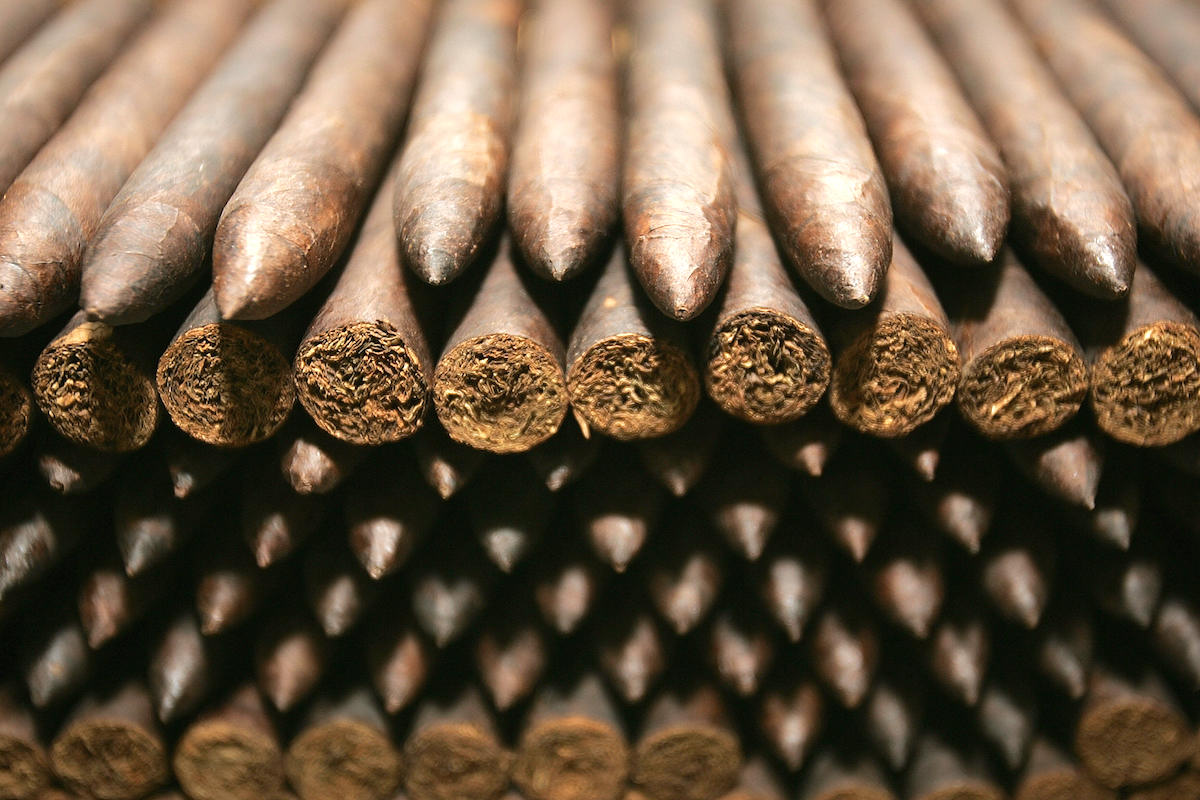A reputation for excellence has long maintained the status of everything from French wines to Scottish tweed – but globalisation has disproved the myth that the best of any particular product can only come from one country. Cuba is no longer seen as the source of the finest cigars thanks to the increasing dominance of its near neighbour, the Dominican Republic.
The Dominican Republic’s cigar-producing boom can be traced back to 1959 when the revolution in Cuba – then by far the world’s leading cigar exporter – led to the nationalisation of industry
This year, Habanos SA – the Havana-based business that oversees all Cuban cigar sales – reported 2022 revenues of $545 million, a 2 per cent increase on the previous 12 months (a figure helped considerably by skyrocketing prices of Cuban cigars).
The Dominican Republic, however, broached the $1 billion mark almost three years ago and exports are still growing, making cigars its fifth-largest export after gold, electrical products, textiles and medical equipment (who knew?).
Much of the country’s success has been fuelled by a significant increase in the production of machine-made cigars and there are now more than 50 factories in the country employing more than 120,000 people. But the DR also leads the field in the type of ‘luxury’, hand-made cigars for which Cuba has long been famous, helping Santiago achieve the title of ‘cigar capital of the world’ through premium smokes such as the Davidoff Aniversario, the Ashton Classic and the Arturo Fuente ‘Hemingway’.
The Dominican Republic began to nose ahead of Cuba and Nicaragua during the so-called ‘cigar boom’ of the early 1990s, but its success didn’t happen overnight – the oldest factory, La Aurora, was founded 120 years ago by an 18-year old called Eduardo León Jimenes.
La Aurora is now the biggest commercial organisation in the DR, but it still prides itself on the hand-rolled, doble figurado ‘perfecto’ cigars of which only 100 are made per day. Since Jimenes established the business, the plantations around Santiago have expanded to cover more than 600,000 acres, not to mention the packaging manufacturers, cigar factories, greenhouses and fertilizer producers.
The Dominican Republic’s cigar-producing boom can be traced back to 1959 when the revolution in Cuba – then by far the world’s leading cigar exporter – led to the nationalisation of industry. Many top growers moved to the slightly less restrictive DR. Soon after that came the assassination of the DR’s murderous dictator General Rafael Trujillo (who ruled the Republic’s cigar business with a rod of iron) and the imposition of an American ban on all Cuban imports. Cuban cigars still can’t be sold in the US.
Someone who has been able to closely observe the rise of the Dominican Republic’s cigar dominance since the turn of the century is Eddie Sahakian who, for the past 30 years, has worked at Davidoff London – the cigar retailer founded by his father, Edward, in 1980.
The fuel behind the success of the Dominican Republic’s cigar business is principally the fact that Cuban products can’t legally be imported into the US, which is far and away the world’s biggest market for cigar sales. If we chart the story back to the early 1990s, the Dominican Republic was really nowhere in terms of global sales and the cigars available here were not very distinguished or sophisticated. But that has changed completely and the fact that everything is driven by private capital – rather than being state-owned [as in Cuba] – has enabled the quality to grow year-on-year through constant investment and innovation.
Dominican Republic’s lead over Cuba has also been helped by decades of global shortages in cigars. Cuba has suffered a combination of natural disasters and the loss of veteran rollers who have either retired or died. That lack of supply has, inevitably, led global retailers to stock an increasing number of New World cigars which, in turn, has helped to raise interest in those from the Dominican Republic.
And, as the DR’s hold on the market has grown stronger, so have its cigars.
Once known for being relatively mild, even bland, the vast range of blends and flavour profiles means there is a Dominican cigar for every taste – so beginners beware starting off with something such as the ‘Double Ligero Chisel’ from La Flor Domenicana or the ‘Power Ranger’ from Carlos Fuente Jnr. The clue, as they say, is in the name.







Comments